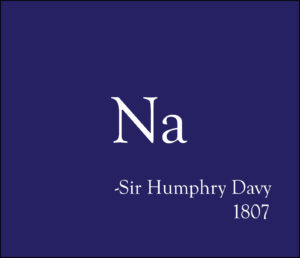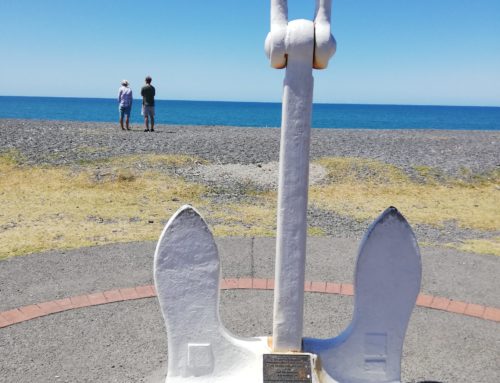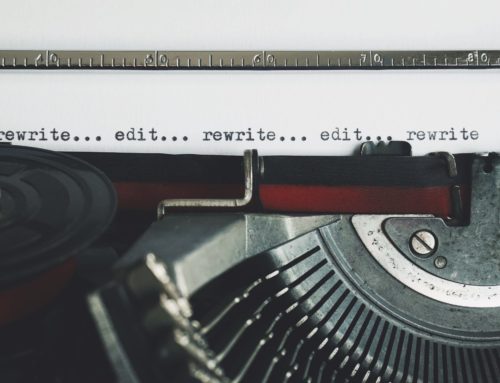WriteLife

Two weeks. Two chapters. Two different characters.
One character was a total nightmare. The other, an absolute dream.
It’s a tale of two chapters.
It might not surprise you that there are a lot of ups and downs when writing a book. I’m sure many of you have experienced this yourself. One sentence flows freely, the following sentence feels like every word has to be dug and pulled from the mud. And when you read it back, it sounds like you’ve pulled words from the mud.
But I have never had two chapters go so differently.
The first chapter featured a new character with a new voice that I couldn’t, no matter how hard I tried, find. I slaved over writing his first three thousand words. I would open the document and cringe at the words filling the page. Did they sound like him? I had no idea. But I worked away at it anyways, eventually arriving at something passable. Don’t worry, I vow to fix it when we get to the first edit.
The next chapter was from Levi’s perspective.
If you want to read a little more about Levi, click here to see our bonus blog post from last week.
I have always had a really strong connection with Levi. And this chapter was no exception. Over four thousand words flowed effortlessly. A complete contradiction to the previous one, and it took me from a place of frustration, to one of satisfaction.
It just goes to show that bad sentences (and even terrible chapters) are just a small bump in the path to a finished novel. They can be fixed, rewritten, and polished off. Sometimes it’s better to push past it and get words on the page. Some words are better than no words.
-A
LabLife
Sir Humphry Davy. Have you ever heard of him?
If you aren’t from the chemistry world, chances are you probably haven’t. To be completely honest, I didn’t know a whole lot about him until I stumbled down a rabbit hole about his life whilst preparing lecture slides this past week. And instantly, I felt a connection.
He was a highly successful scientist who also happened to be a poet; scientist by day, writer by night. And probably the greatest chemist of his age.
An absolute inspiration.
In 1799 he was the first to recommend nitrous oxide as an anesthetic, and introduced the Davy lamp for mining in 1815 to prevent explosions in coal mines. It took him two weeks to invent after hearing about a tragic mining accident. How many lives have been saved because of this invention? Some estimates put it at half a million. And, it’s still in use today.

But of relevance to me, he also saw the potential of electrolysis, and in 1807 discovered sodium and potassium (along with calcium, magnesium, strontium and barium). Also of relevance to me, he was a well known poet. Perhaps something to aspire to.
I don’t want to bore you with more details of his incredible (but unfortunately short) life. If this has piqued your curiosity, I suggest deep diving into his story. But I will leave you with a small section of the poem ‘Sons of Genius’ written by Sir Davy himself:
‘To scan the laws of Nature, to explore
The tranquil reign of mild Philosophy,
Or on Newtonian wings sublime to soar,
Thro’ the bright regions of the starry sky.’














Leave A Comment